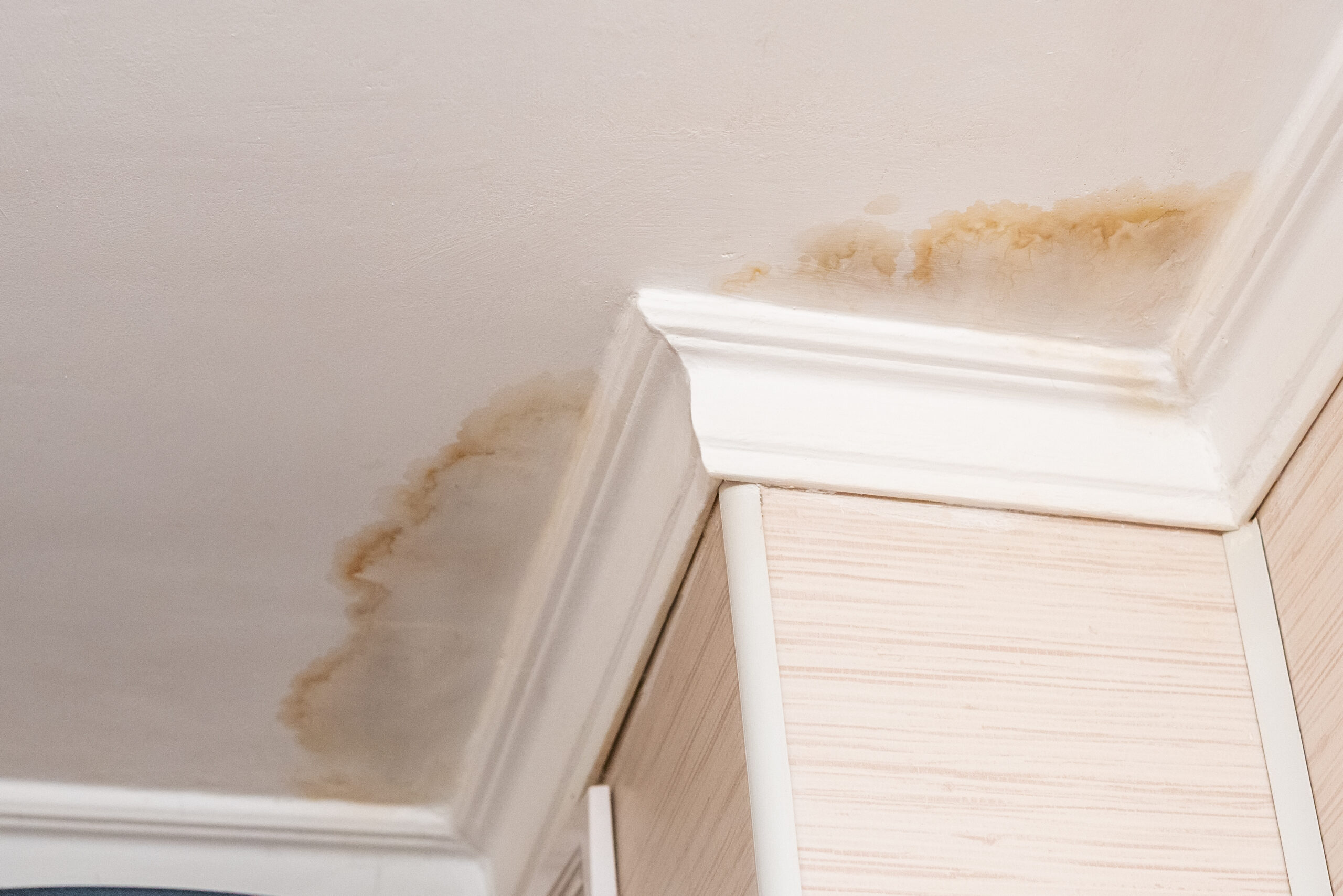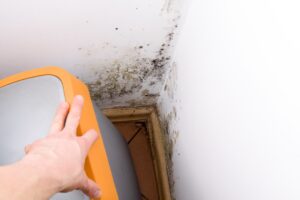It’s quite a common issue many people face in residential areas — noticeable water stains seemingly spreading around corners, on the walls, on the floors and ceilings, etc. Aesthetically, it looks really bad, but there’s an additional problem. What if all of that water causes mold to grow?
Most of the time when we’re asked about the connection between water stains and mold growth, we respond with ‘it depends’. Water tends to take the path of least resistance. In other words, it will travel through any crack and crevice it finds. And once it does, it can cause damage to our home, and mold growth will surely follow.
So, what should we do when we spot water stains, and how exactly do they play a role in mold growth? In this article, we will attempt to find the answers to all of these burning questions.
What to Do When Spotting Water Stains?
Actually noticing the water stains and identifying where they come from is the first step to fixing the problem. Although you might want to deal with the infestation yourself, if you have more than 10 square feet of mold, it’s always better to call a mold remediation company. For small areas, we should try the following list of approaches:
- Finding the source of the stains
- Inspecting the stain shapes
- DIY
Most often, people see water stains coming from the ceiling. That’s either because the roof is leaking or the water installations above the ceiling have failed in some way. Whatever the case may be, we should inspect the stains further. If there is discoloration, it might be due to the different minerals in the water and not the mold itself. Of course, mold will grow if we leave the ceilings without treatment.
Interestingly, the shape of the stain will tell us a lot about potential mold growth. For instance, if the shape looks like a single splotch, then it’s possibly a one-off issue. On the other hand, circular, ring-like stains indicate that water appears consistently. As such, it will most likely be a good breeding ground for mold.
Finally, we can try and do some home repairs on our own. A leaking pipe will need replacing, and a roof that leaks will inevitably require plugging. We suggest that our readers only try to DIY the issue if it’s minor or if they have the right tools. Otherwise, calling a professional is the best approach.
Water Stains and Mold Growth
Untreated moisture will definitely promote mold growth if we don’t handle the problem fast.
There is one surefire way of knowing if the moisture in our home is causing mold to grow. Mold Solutions can conduct a visual inspection, air quality testing, thermal imaging scan, or moisture reading to determine if effective material needs to be removed.
Dealing With Moisture and Mold
Professional mold removers, like our team at Your Mold Solutions, can identify the problem with pinpoint accuracy. They will then provide homeowners with quotes and a timetable, ready to remove any water stains and potential invasive growth. And though water stains may not immediately result in mold growth, they still ought to be removed, for both the safety of the homeowner and the aesthetic appeal of the home itself.
CONTACT US
Let's talk about the path to your Mold Solution.
Choose the way you’d like to connect and help is on the way.
Not ready to talk to someone? Take our free online self-assessment and get clarity.








